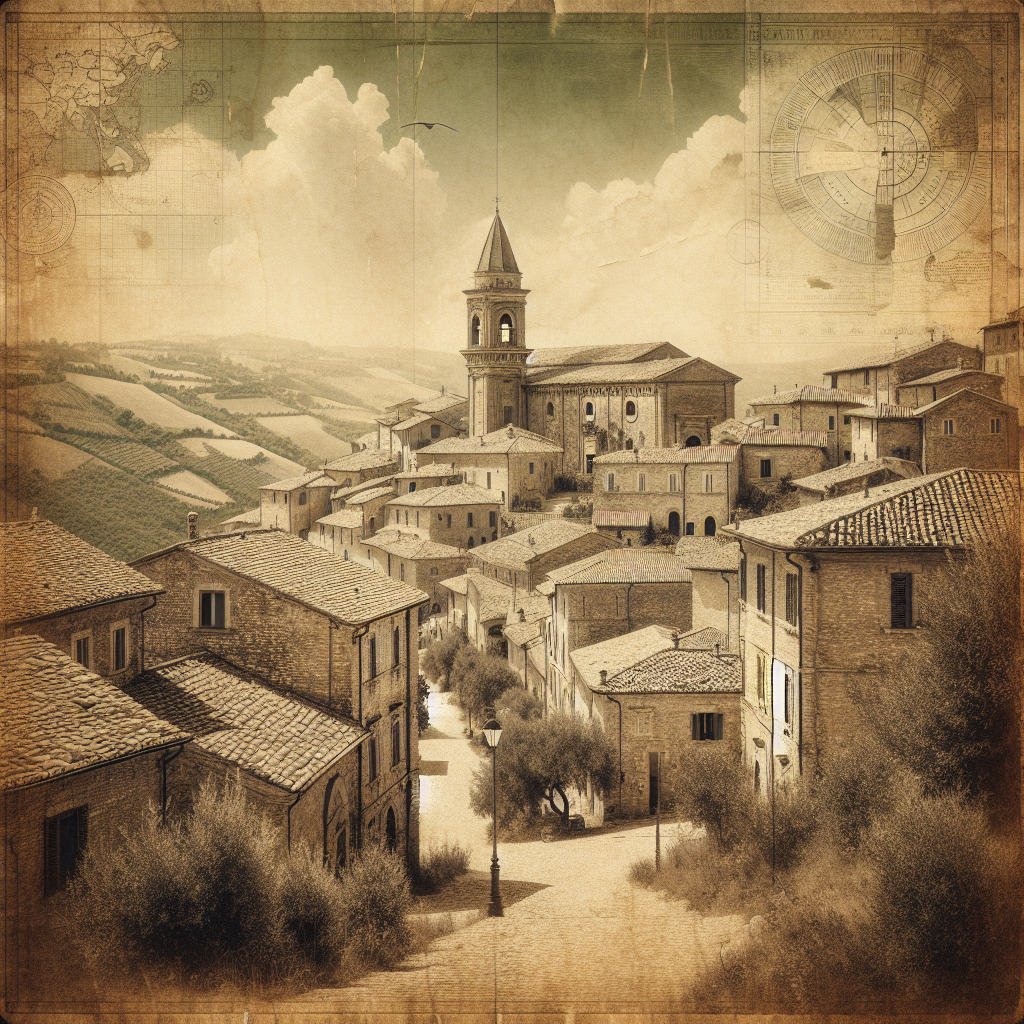Santo Pietro: The Italian Village That Defies Modernity
Imagine a place where time seems to have stood still, where the hustle and bustle of modern life is but a distant echo. Welcome to Santo Pietro, a quaint Italian village nestled in the heart of Sicily. This charming locale, with its cobblestone streets and rustic architecture, is a living testament to a bygone era. While the rest of the world races towards technological advancement and urban sprawl, Santo Pietro remains a bastion of tradition and simplicity. It's a place where the past is not just remembered but lived every day, and where the future is met with a skeptical eye.
In a world obsessed with progress, Santo Pietro stands as a stubborn reminder that not everyone is eager to embrace change. The villagers here have chosen to preserve their way of life, resisting the siren call of modernity. They continue to farm the land as their ancestors did, using methods that have been passed down through generations. The local economy thrives on agriculture, with olive oil and wine being the primary exports. It's a lifestyle that many would consider outdated, but for the people of Santo Pietro, it's a source of pride and identity.
The village's resistance to change is not just a matter of tradition; it's a deliberate choice. The residents have seen the effects of modernization on other parts of the world and have decided that it's not for them. They value their close-knit community, where everyone knows each other, and where family ties are strong. In Santo Pietro, there's no need for social media to stay connected; a simple walk down the street is enough to catch up with friends and neighbors.
Of course, this way of life is not without its challenges. The younger generation is often tempted by the allure of the city, where opportunities for education and employment are more abundant. However, many choose to return to Santo Pietro, drawn back by the sense of belonging and the slower pace of life. It's a decision that baffles outsiders, who can't understand why anyone would choose the simplicity of village life over the excitement of the city.
Critics argue that Santo Pietro is stuck in the past, refusing to adapt to the realities of the modern world. They claim that the village's resistance to change is a form of stubbornness that will ultimately lead to its downfall. But the people of Santo Pietro see things differently. They believe that their way of life is sustainable and that by preserving their traditions, they are safeguarding their future.
In a world where everything is constantly changing, Santo Pietro offers a refreshing alternative. It's a place where the old ways are not just respected but celebrated. The village's commitment to tradition is a powerful statement against the relentless march of progress. It's a reminder that sometimes, the best way forward is to look back.
Santo Pietro may not be for everyone, but for those who value simplicity and community, it's a paradise. It's a place where the past and present coexist in harmony, and where the future is not something to be feared but embraced on its own terms. So, while the rest of the world rushes towards an uncertain future, Santo Pietro remains a steadfast beacon of tradition, proving that sometimes, the old ways are the best ways.

